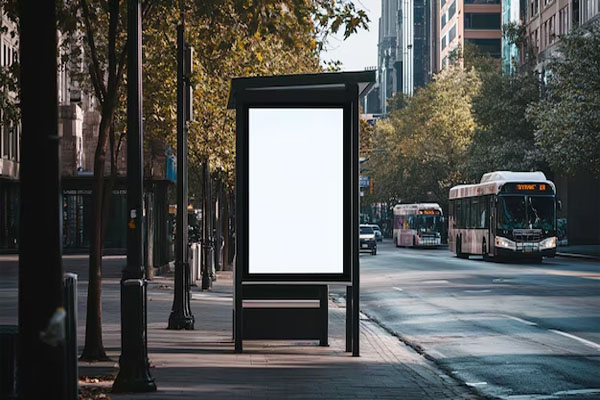Bus advertising in Australia continues to evolve, combining high visibility, targeted local reach, and innovative formats to engage commuters and pedestrians alike. The past week has seen notable developments in this sector, highlighting public health initiatives and technological advancements.
One significant update is the Australian government’s move to ban junk food advertising at public transit points, including bus stops, in South Australia from July 2025. This policy aims to combat obesity by reducing exposure to unhealthy food and drink promotions in public spaces, especially targeting children and young families. The initiative follows a similar trend in other countries and reflects a growing awareness of the role Outdoor Advertising plays in influencing diets and lifestyle choices.
Meanwhile, industry leaders like JCDecaux and yStop continue to innovate with new digital and static bus shelter campaigns. Digital shelters, especially in major cities such as Sydney, Melbourne, and Brisbane, now feature dynamic, interactive content that can be tailored to specific audiences and time slots. Traditional static posters remain popular due to their cost-effectiveness and high impact in areas of dense foot traffic.
The sector is also seeing increased support from regulatory changes. In New South Wales, the planning department approved measures to simplify the approval process for bus shelter advertising, encouraging more flexible and creative campaigns.
As public transport use remains pivotal in Australia’s urban landscape, bus shelter advertising remains a highly effective way for brands to reach commuters at the point of waiting or passing through. With ongoing technological advancements, like digital displays and programmatic content, bus stop advertising is set to become even more engaging and impactful in 2025 and beyond.

